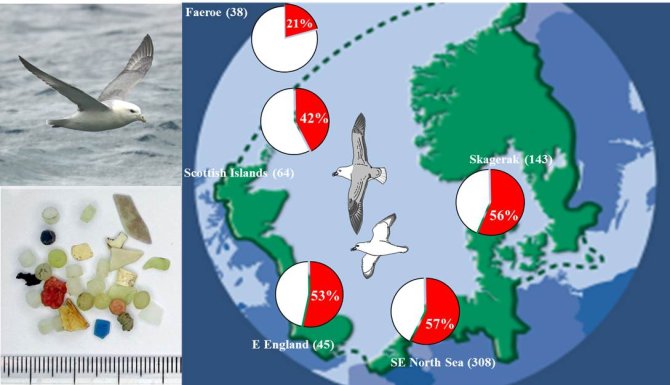
Convention on Biological Diversity
'Marine debris represents a significant additional and escalating anthropogenic factor affecting marine habitats and biodiversity.'That is the conclusion in recent report by the secretariat of the Convention on Biological Diversity (CBD).
Knowledge derived from the North Sea Fulmar study is incorporated in this new report (eg graph on p. 18). CBD-GEF (Global Environment Facility) will address marine debris problems in November 2013.

Secretariat of the Convention on Biological Diversity and the Scientific and Technical Advisory Panel—GEF (2012).
